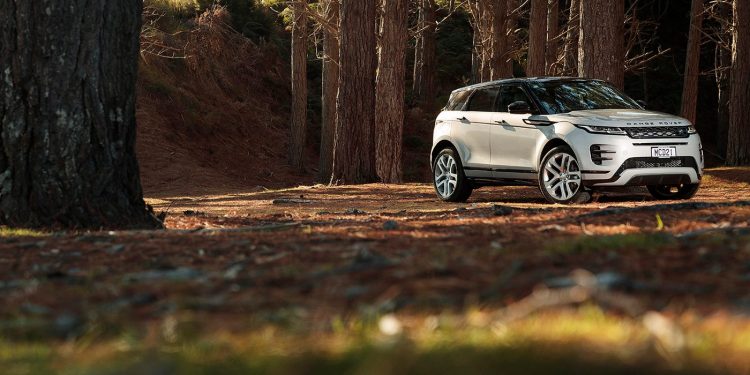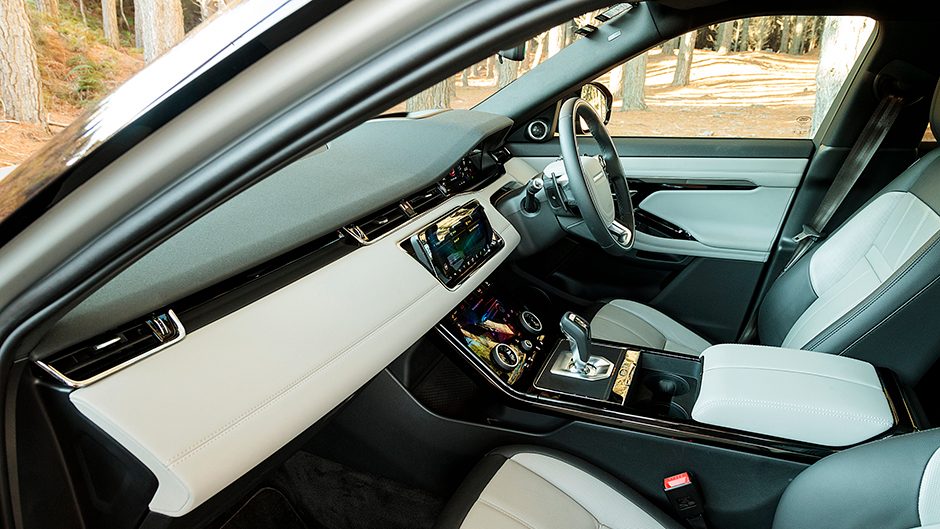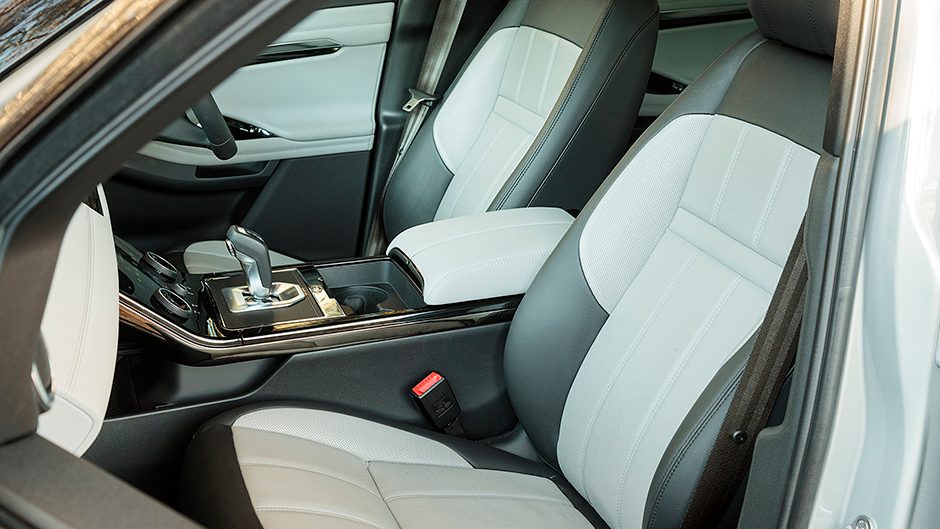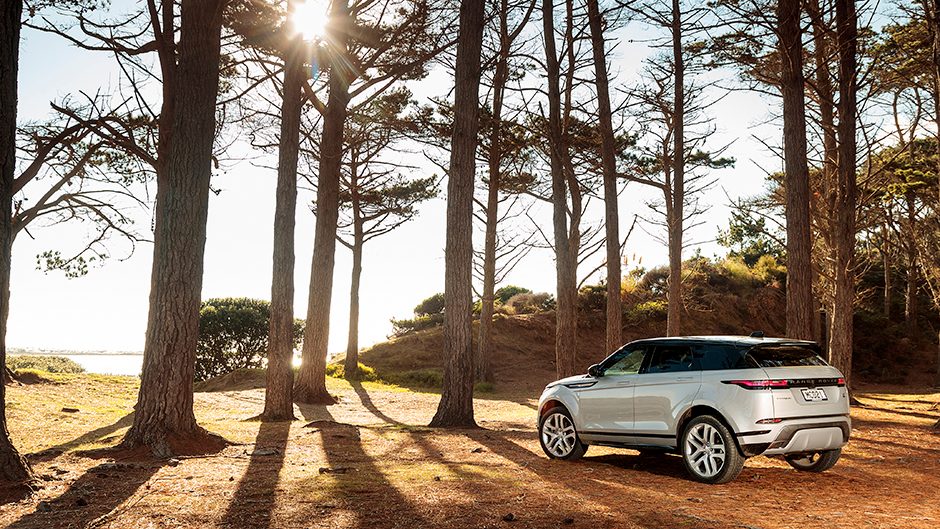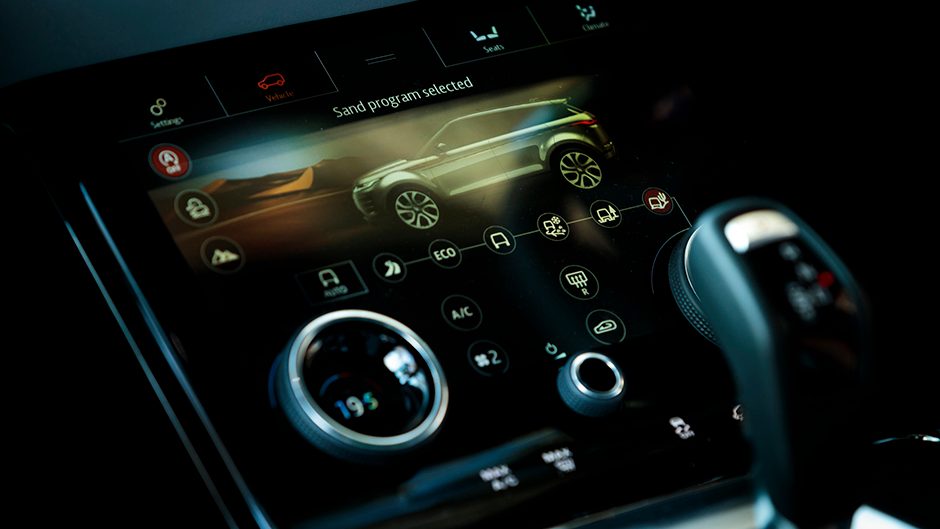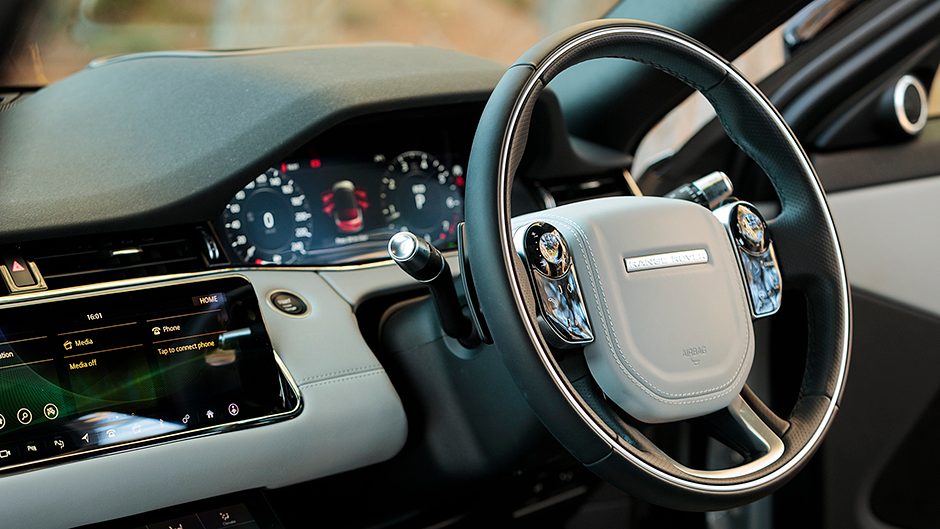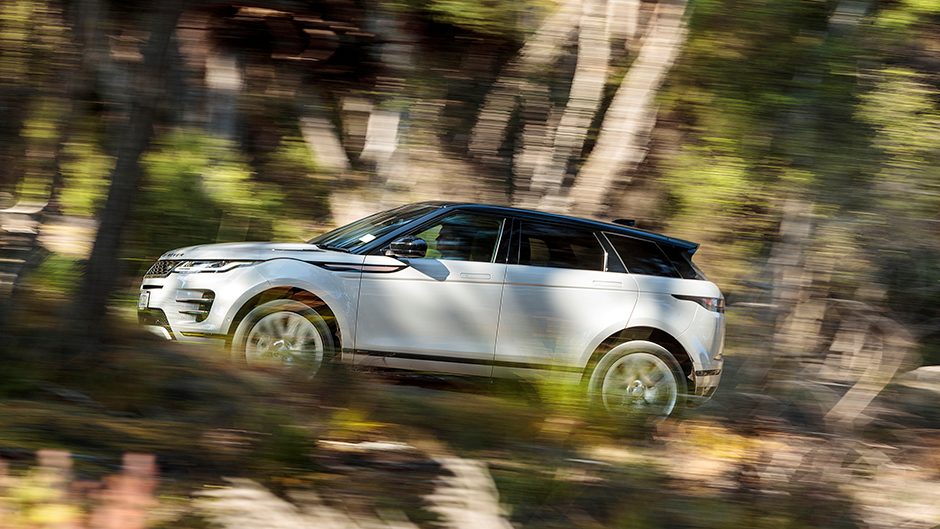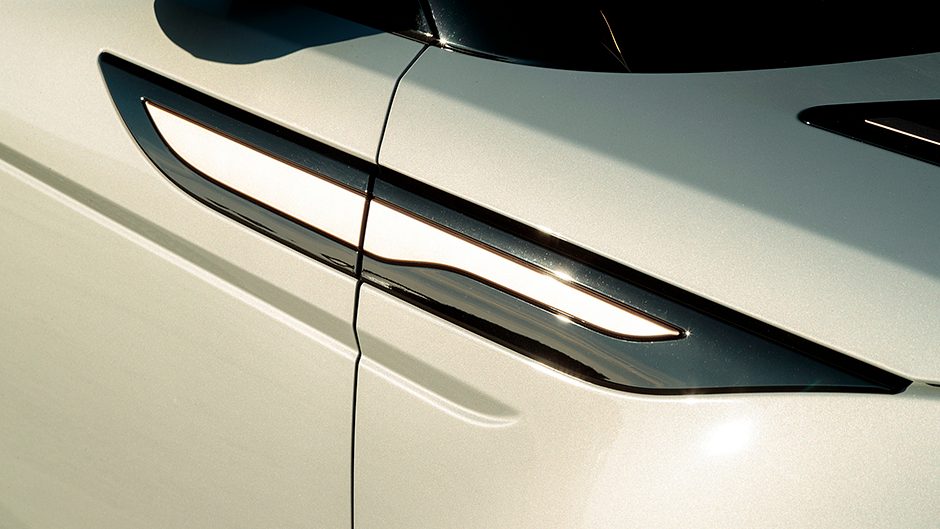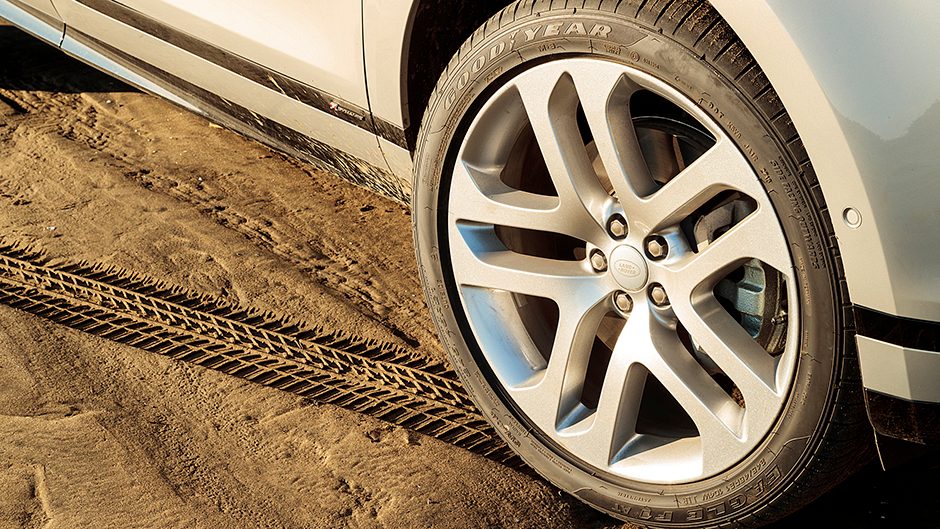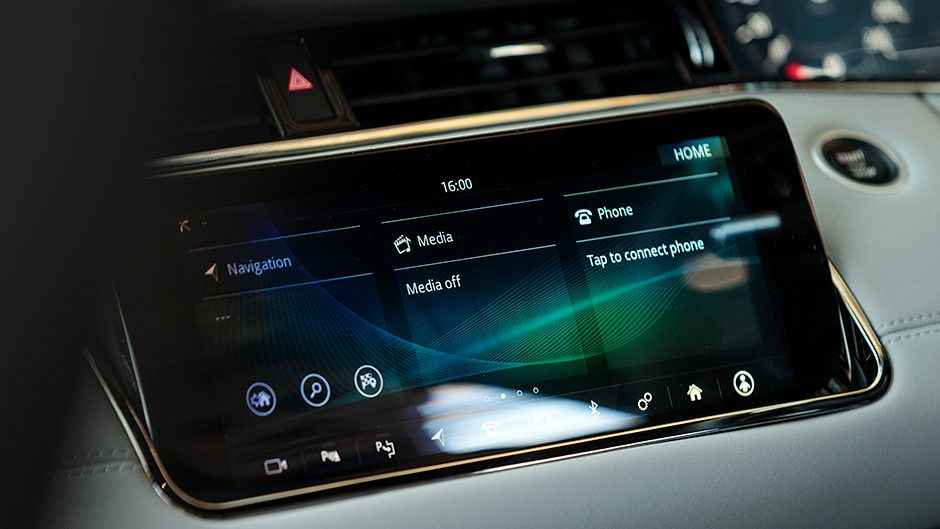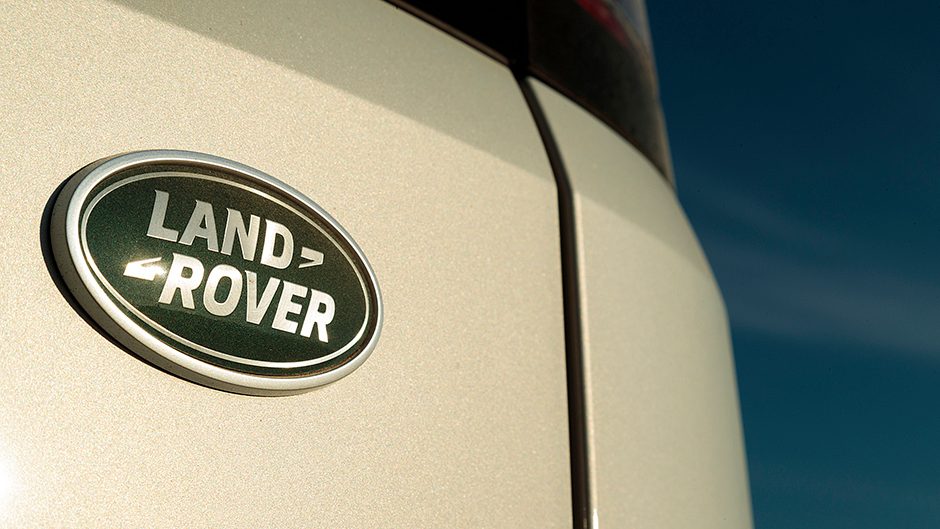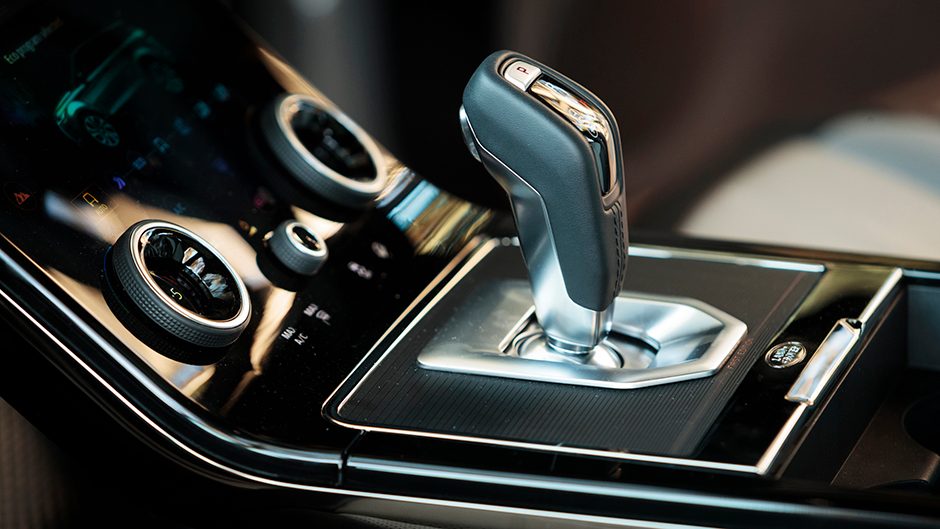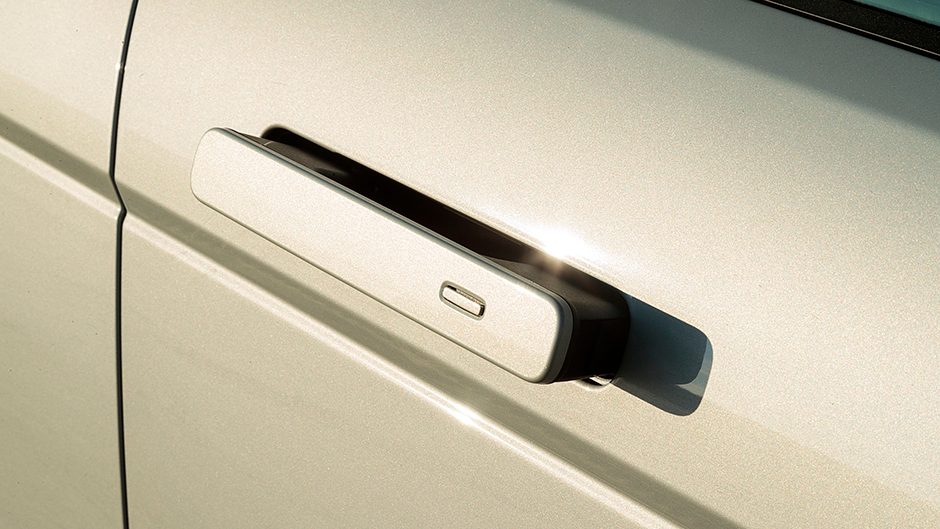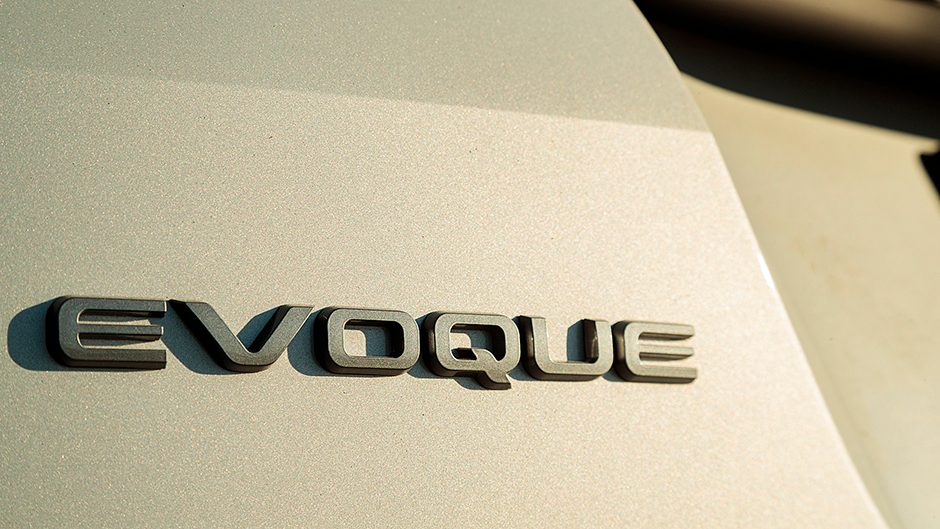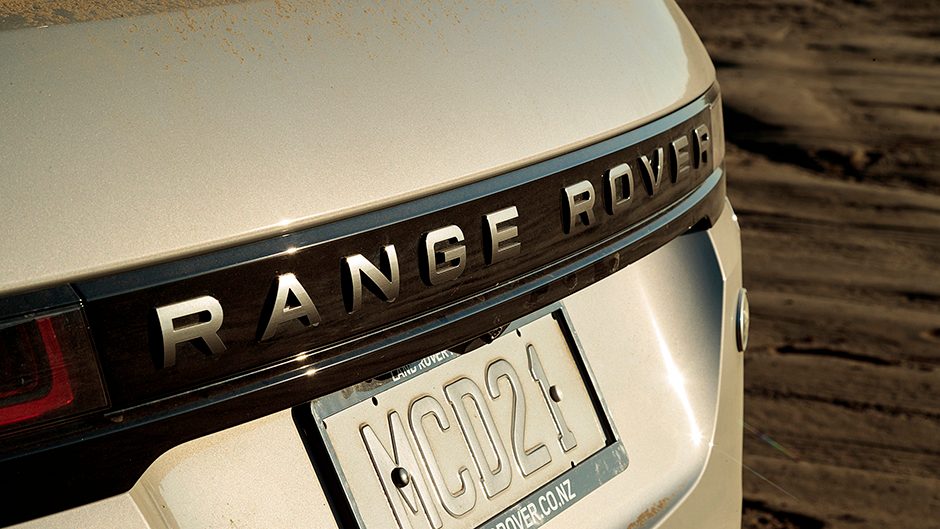2019 Range Rover Evoque P250 first edition review
Words Kyle Cassidy | Photos Tom Gasnier
Range Rover’s new Evoque might wear a familiar look but underneath the evolutionary styling is the firm’s all-new platform. Does it add the substance the original lacked?
Range Rover struck a chord with its Evoque, winning hearts with edgy styling and dimensions tailored for urban life. And it went alright despite old hand-me-down bones. Still some considered it unworthy, especially on the other side of that snazzy sheet metal. So what to do when you make a new one?
Keep all the desirable bits and set about bettering the rest. They didn’t need to mess much with the Evoque’s silhouette as the years have been kind and so the look is familiar, particularly in profile with the strong character line and floating roof. They have however modernised the front end, rounding it and applying the Range Rover family facial treatment while details such as the Velar-like vents and flush fitting handles make the grade too.
The new Evoque is about the same size as before, 4.37m long and a few mills wider and lower. But sitting on the firm’s new Premium Transverse Architecture, it has a 21mm longer wheelbase. Along with new and more compact rear suspension it addresses another concern of the original, a lack of room in the rear. This they have improved where a little extra legroom is appreciated.
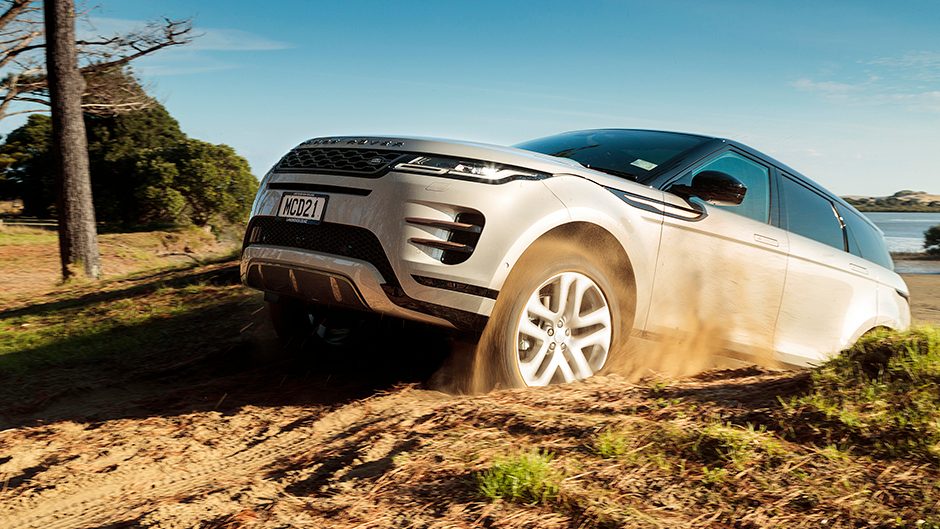
The entry remains fairly mean for an SUV however, and the seat back is quite upright once in, lacking a recline function. The boot has been made wider, both in the hold and the opening, realising an additional 10 per cent capacity, and it’s a reasonable size given Evoque’s modest external dimensions. The rear seat now features a 40:20:40 breakdown and is easily folded. Another win for the new Evoque is the interior upgrade, which is now more RR than LR.
The mid-tier SE and top HSE models come with Range Rover’s dual touchscreens eliminating all the buttons to create a ‘minimalist digital cabin’. These are so now with the centre stack literally coming to life when you start up.
There are a few downers; direct sunlight makes them hard to read, there’s a lot of swiping and tapping involved to carry out what should be straightforward operations, and some of the soft buttons are too small to hit on the go. CarPlay and Android Auto feature, and there are plenty of connectivity and app features for the techo fiends to delve into. There are still a few hard plastics in use but these are relegated to the lower part of the cabin. The textured trim of the dash and door tops might not be to everyone’s liking, but you can go mad with optional leather linings if you want to Vogue your Evoque.
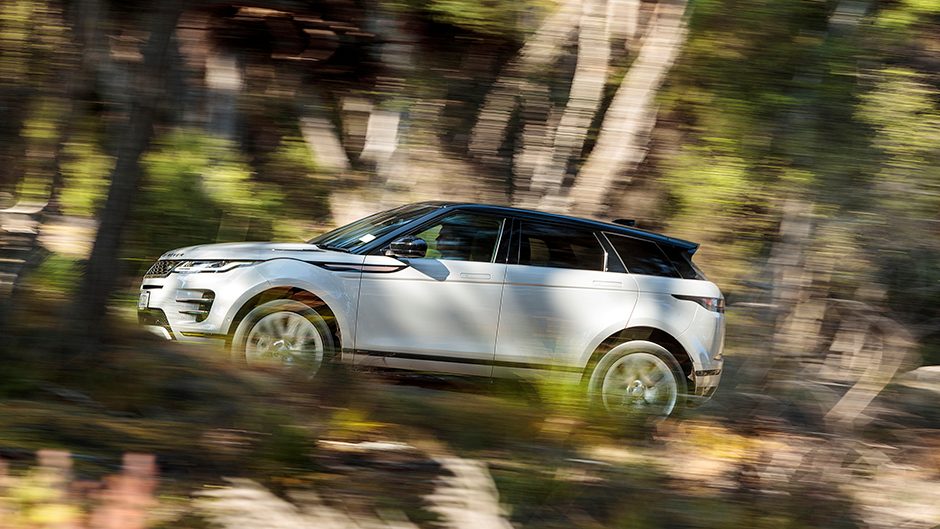
They’ve improved the cup holder design, made the centre bin bigger, the door pockets are decent and there’s even some questionably useful space under the console. The seats are well formed and the Range Rover on high driving position is present. The steering wheel is the same as you’ll find in the rest of the line-up, but somehow feels a little too big for the Evoque. They have however incorporated a variable steering rack here, with just 2.1 turns lock to lock. Along with lightweight assistance, it makes for easy parking.
Our test car had Range Rover’s new digital rear view mirror using a camera integrated into the shark fin antenna. If you’ve piled the boot high with stuff, you can flip the anti-dazzle switch on the mirror and it beams a wide angle view of what’s in behind on to the screen. LRNZ has tried to combat the grey import scene with the new range boasting a higher specification. Included are bits like a smart key and active cruise on all models.
Evoque starts off at $92,900 for the R-Dynamic S with the 147kW/320Nm P200 turbopetrol, and heads to $117,900 for the HSE P300, the mild hybrid set-up boasting 221kW and 400Nm. Both the mid-grade SE and HSE can be had with the P250 184kW/365Nm 2.0 petrol or the D180 132kW/430Nm diesel. All models get a nine-speed auto and AWD. A plug-in hybrid is coming with a three-cylinder engine.
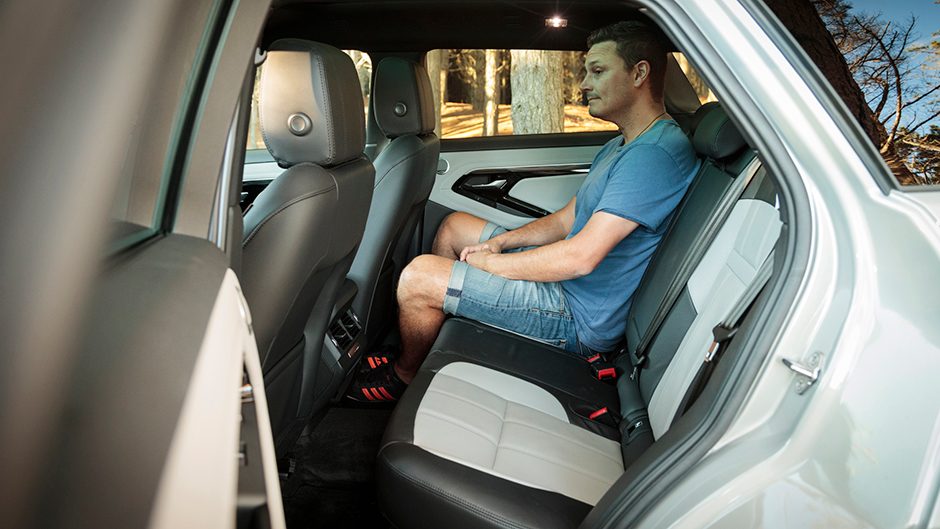
We drove a First Edition model, which is based on the P250 SE but with plenty of extras, wearing a price of $114,900. Safety bits include AEB, active cruise with stop and go, reverse camera, lane keeping and a blind spot minder.
Being a Range Rover it has to go more than a little off road, and the Terrain Response 2 traction control system has been upgraded to automatically detect the surface being traversed and it then adjusts the set-up accordingly. If you want to cross rivers, it now has a 600mm wading limit. Ground clearance is 212mm, while approach and departure angles are 20 degrees for the R Dynamic model and 30.6 degrees respectively.
The AWD system is still the on-demand type, while the rear drive disconnect now happens up near the gearbox rather than at the rear diff for added efficiency. Evoque uses Mac struts up front, now with more alloy components and fluid-filled bushes to further improve ride quality and reduce road noise. RR says a new multilink rear arrangement is more space efficient height wise, resulting in better boot space, and it’s also more effective at separating out the cornering and bumping forces.
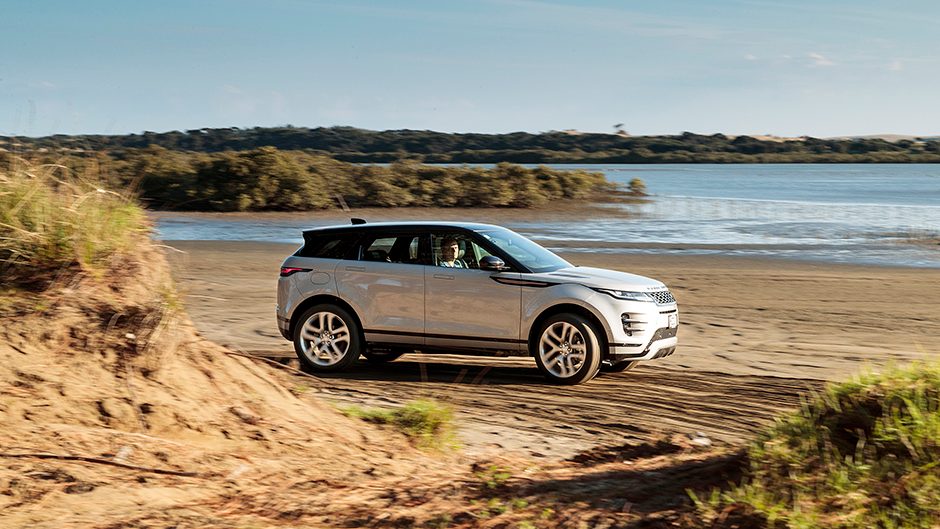
The optional 21s on this car come with Adaptive Dynamics technology featuring continuously variable dampers which can keep tabs on the road travelled and adjust the damping to suit. Save for the insistent stop-start system, the 2.0-litre gets Evoque up to speed smartly in traffic, the nine speeder slipping through its ratios effectively. The steering is light and the variable nature of the rack means it’s not too quick around centre. The turning circle could be tighter for an ‘urban SUV’, but isn’t horrendous either.
Both the A and C pillars are rather chunky, impeding your outward view at times, while only the HSE gets a surround view parking camera as standard.
There are no qualms about ride quality, Evoque absorbing all manner of stuff underneath the comically sized 21s. It’s pretty quiet on road too, the engine well muffled. Active cruise will bring you to a halt calmly in traffic though is a tad slow to accelerate when you move off again. As for fuel use, officially it’s good for 7.9L/100km, but somewhere between 10 and 12L/100km is more likely.
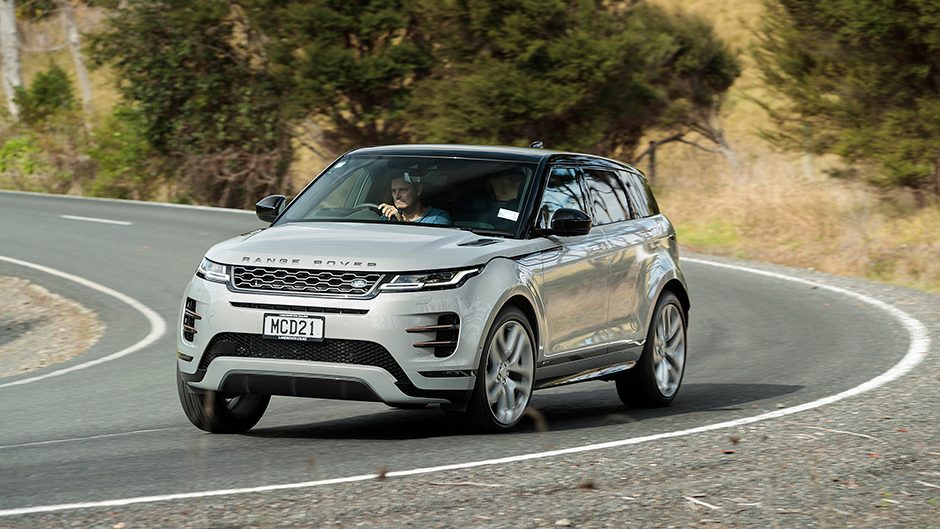
One thing a Range Rover never lacks is substance, particularly when talking mass. Even the smallest family member is hefty, this one weighing in at 1930kg. But then you don’t get a solid cur-thunk to the doors by lightweighting them. The 2.0-litre petrol makes 184kW and 350Nm is on from 1300rpm to 4500, which RR reckons will send the Evoque to 100km/h in 7.5sec, yet we couldn’t persuade it lower than 8.0sec.
That’s one and a half seconds off the similarly weighty and powerful Macan we tested this month, though the autos probably explain the difference; the nine speeder is nowhere near as sporty as Porsche’s seven-gear twin-clutch. The long legged ratios keep engine speeds low when cruising, but it’s slower than desirable when it comes to dropping a cog or three to help it accelerate. It goes better when you dial up the Dynamic mode and slip the gear lever across to its Sport mode, but that’s a lot of fluffing about, requiring a couple of taps on the touchscreen for the former.
Once set so, it goes better, though the auto still swaps between too many gears, and the weight starts to tell on the 2.0-litre. That midrange pull that is adequate in town feels less so when hauling up a hill. Still, the engine is willing to work if whipped, though fuel use can spike into the mid-teens. The chassis set-up is more like it however. This turns well for a front heavy high rider, the steering ratio quickening in the turns and it points well.
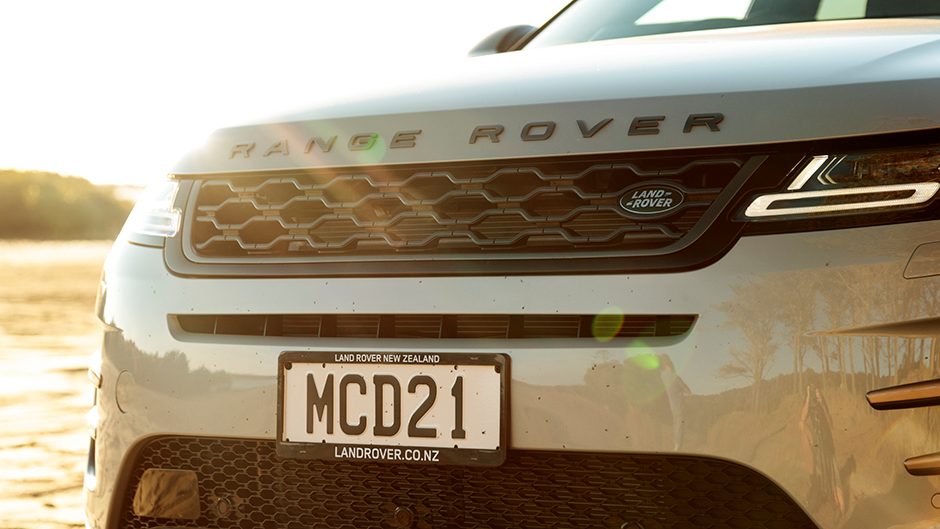
While the P250 lacks the Active AWD set up of P300 with its torque shuffling rear diff, it uses targeted braking up front effectively to help resist understeer. So too do the wide 245 Eagle F1s. Eventually it arrives, but is well signalled and easily sorted.
The ride remains civil in the Dynamic mode, and yet any undesirable pitching and lurching is kept under solid control. The brakes we’ll call adequate too. We’d like to get our hands on the P300 but then the target audience will be more than impressed with the smooth progress, peaceful cabin and friendly steering of this Evoque.
We’d have to give this generational upgrade a pass mark given they’ve kept the good bits and added a pinch of space, a good helping of ride refinement and lifted the cabin design up to where it belongs. And keeping the price in check while adding specification is always a good move too.
| $114,900Model | Range Rover Evoque P250 First Edition | Price | $114,900 |
| Engine | 0000cc, IL4, T/DI, 183kW/365Nm | Drivetrain | 9-speed auto, on-demand AWD |
| Fuel Use | 0L/100km | C02 Output | 0g/km |
| 0-100km/h | 8.04sec | Weight | 1931kg |


